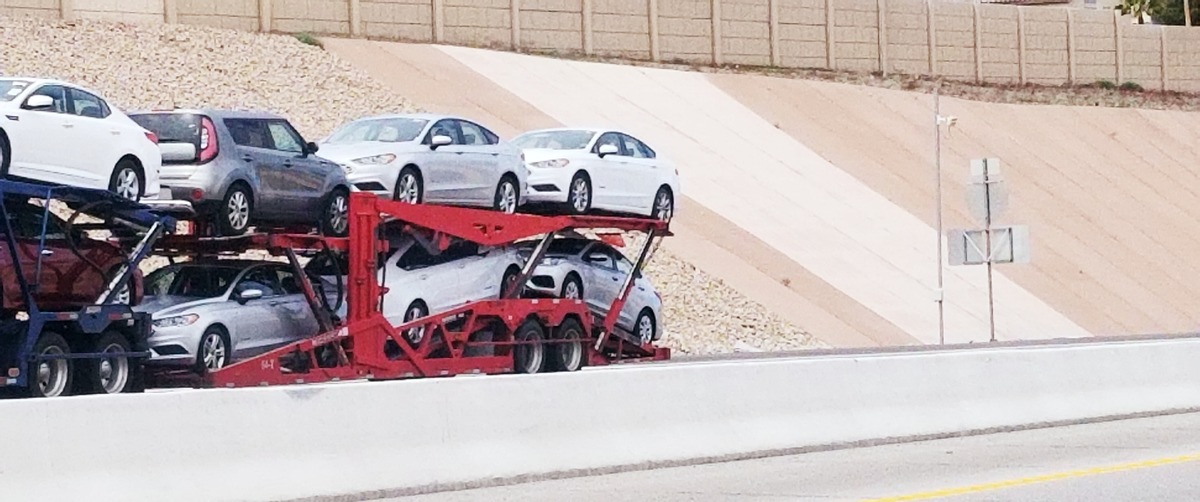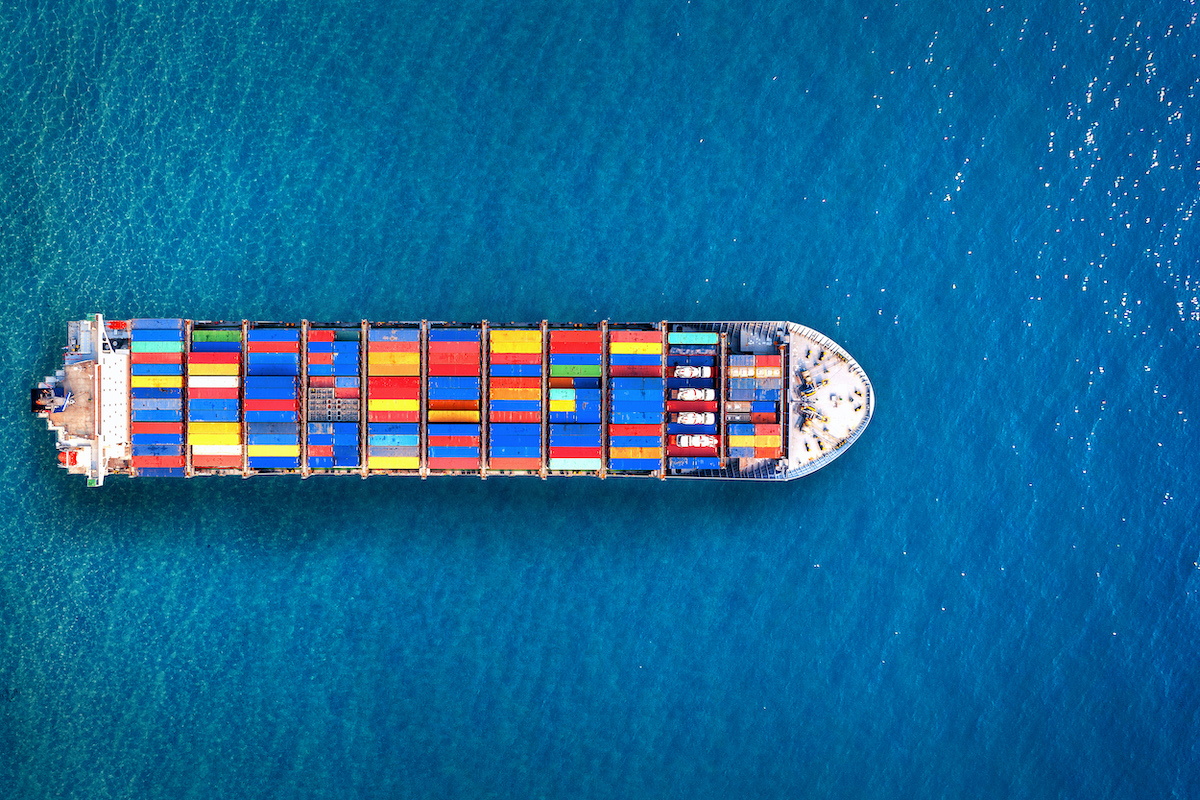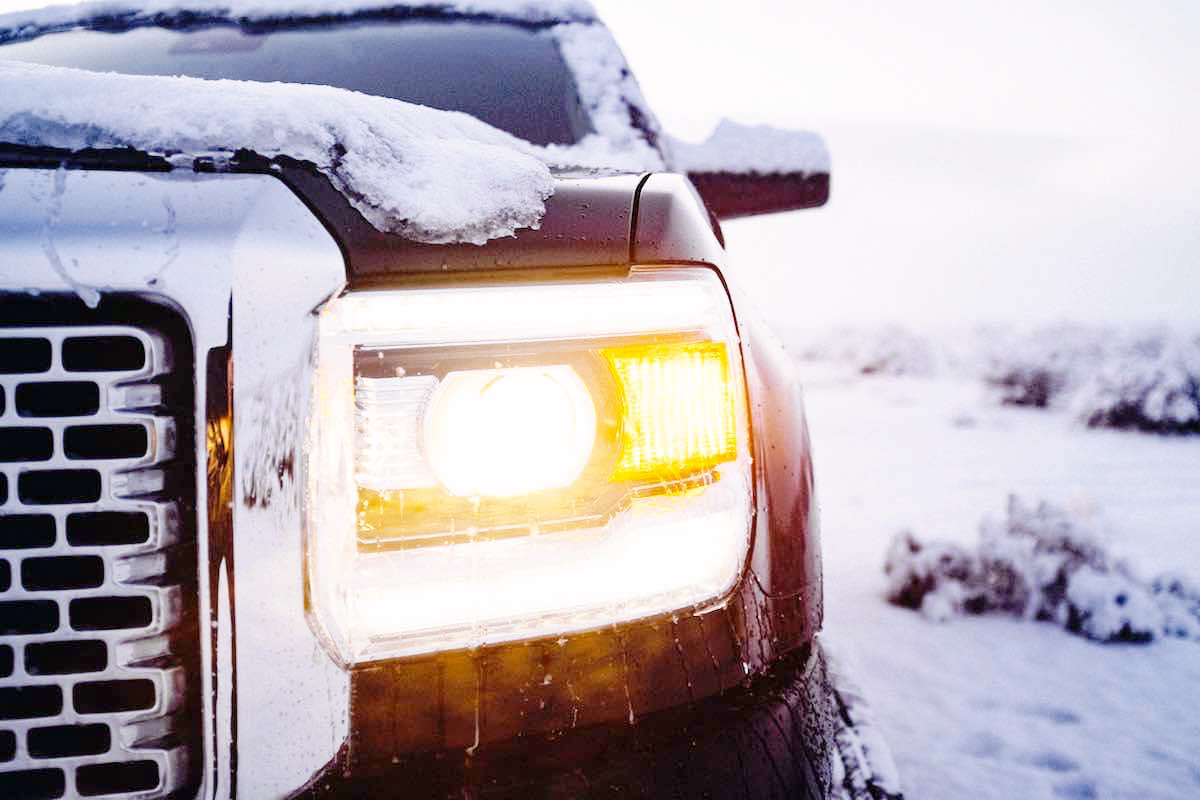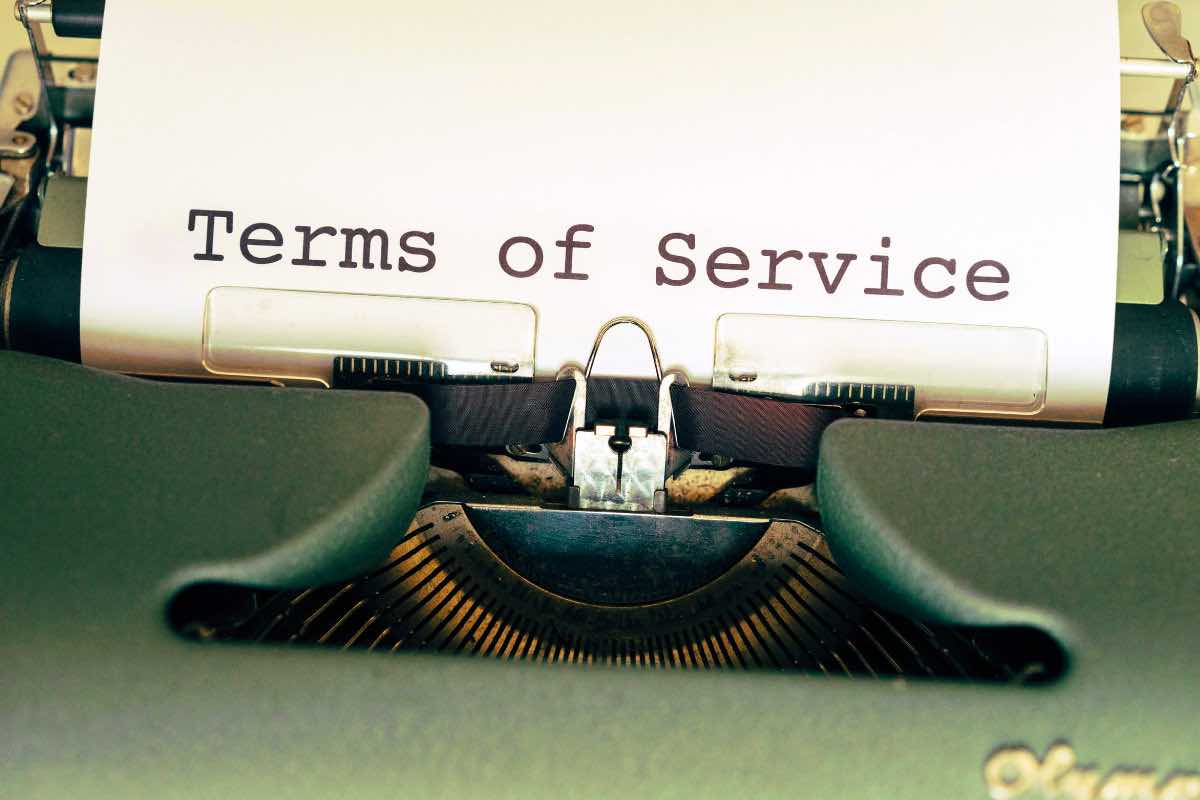Every Spring and Fall thousands of boats are transported across state lines or from one end of the country to the other. If this season marks your first experience with boat transportation, you’ll need to know how to find a reliable hauler, how to prepare your boat properly and what to do if something happens to go awry.
Explore Your Shipping Options
A transport company offering boat shipping services will usually have various shipping options. The most popular include:
- Enclosed Container: Used for both inland and international boat shipping, this option is available for most standard sized boats. Be sure to enquire whether or not a carrier offers multiple shipping container sizes
- Overland Transport: Best for shipping from an inland location to a port. Specialized open-trailers for boat hauling are utilized.
- Submersion: This option will include the loading and unloading of your boat directly from the water. Ideal for lakeside or seaside located customers.
- Flat Rack: Oversized boats would require a custom cradle for shipping. A team will assess your vessel on location & will construct a cradle according to its specific dimensions.
Finding a Suitable Transporter
Always favor a transportation company that specializes in boats. Although some generalist carriers will load almost anything to fill empty trucks, hauling a boat needs experience and knowledge. A carrier will need to know how a boat must be supported, balanced and secured. They will also need to comply with state permit agencies due to the various weight and height restrictions from state to state.
The Safety and Fitness Electronic Records (SAFER) provides you with a safety rating and summary of a company’s record. You can research the insurance status and valid licensing of a Transport Company by entering their name or USDOT/MC Number here.
Prepping Your Vessel
It’s important for you to be aware of the fact that if your boat is not properly prepared for shipment, it will be shipped ‘as is’ and the carrier cannot be held liable for any damage incurred while in transit due to improperly secured components or cargo.
- Stow and secure all loose gear.
- Lock your cabin and keep the key (especially if shipping overland)
- Disconnect batteries and remove anchors from deck
- All canvas covers must be removed as they could tear or detach during transit
- If your boat has its own cradle/trailer, inspect it meticulously for any loose bolts or weakness of any kind. The carrier will not accept any damage due to malfunction of your cradle/trailer
- Do not leave your dinghy on davits. Remove, pad and secure
- All electronics (radar, horns propellers, masts, lights) should be removed, packed and stored securely below
- Tie hatches from the outside. If they leak, make sure to seal them prior to transit. Tape them up from the outside as an extra precaution
- Cabin windows should be latched and taped from the outside
- All windshields protruding over the flying bridge should be removed and well secured below deck.
For Sailboats: - Do not secure the mast to the boat as the carrier will secure them on the trailer in a separate compartment.
- Remove all lights, wind indicators, winches and rigging from the mast. Secure these below deck.
- On Center Board Sailboats, ensure the board is secured and will stay upright during transit.
- Keel sailboats may experience some separation where the the keel joins the hull. This is not structural damage but rather the paint or filler cracking at the joint.
- Racing Sailboats could have some temporary hull indentation from the support pads. These will generally disappear when the boat returns to water.
For Power Boats: - All propellers, antennas, outriggers, lights and masts should be removed.
- Remove all lights, wheels masts and shields that protrude over the flying bridge.
- Pack all plexiglass below deck inside a cargo blanket
Although the above points provide a comprehensive overview of what will be expected of you prior to shipping your vehicle, we will always recommend that you specifically enquire about any requirements specific to your shipment directly with your transporter.
What to do if something goes wrong:
Most Transport Providers will require that the shipping costs be paid even if damage has occurred. Since smaller claims are usually handled without involving their insurance companies, you may need to hire a Marine Surveyor to prepare an estimate of the damage and repairs. If you find that your transport company proves to be resistant to being held responsible for damages, the Department of Transport (DOT) will investigate any complaints against carriers.
A Marine Surveyor can be retained privately, or by an insurance company, to assess the damage to a vessel and may be asked to recommend repairs and to determine the pre-damage value of a vessel. To find a national Marine Surveyor in your area, click here.
NAMSGlobal is an international association of Marine Surveyors. Should you need assistance outside of the United States, you can find a Marine Surveyor here.
Your Yellowfin Shipping Advisor is always at hand should you require assistance with your shipping order. Having a broker in your corner offers that extra layer of oversight that can prove invaluable with any shipping order.












